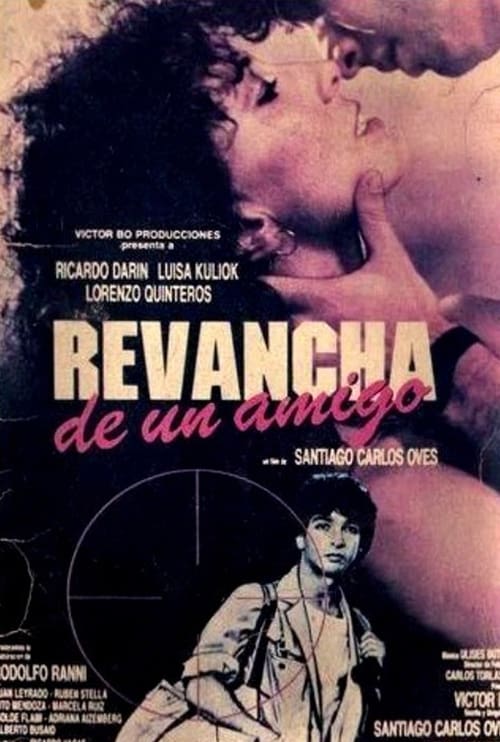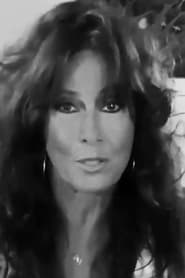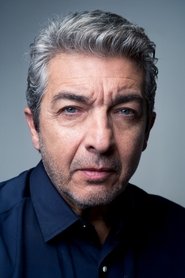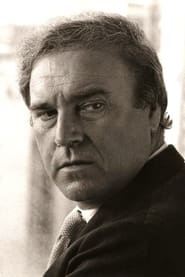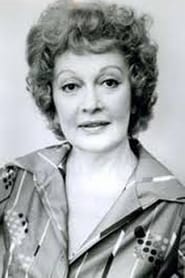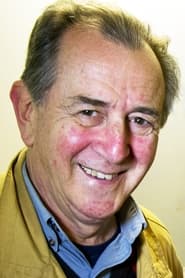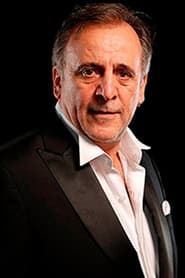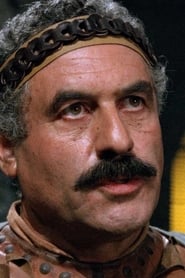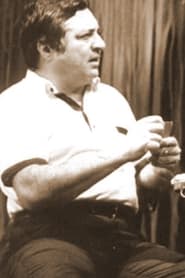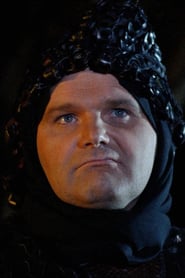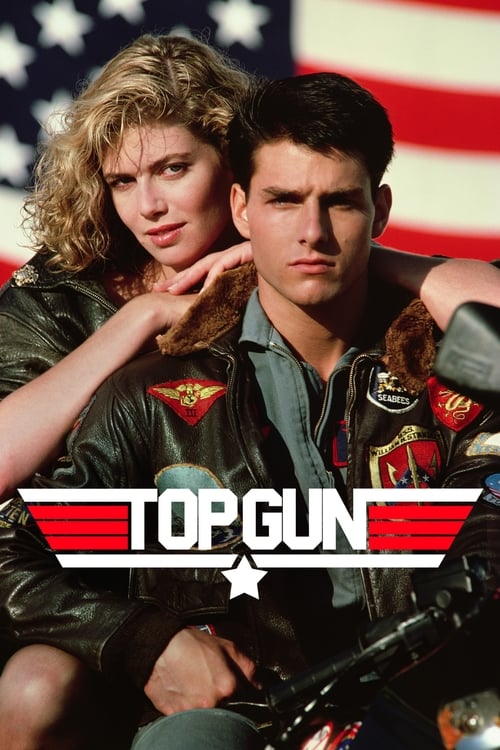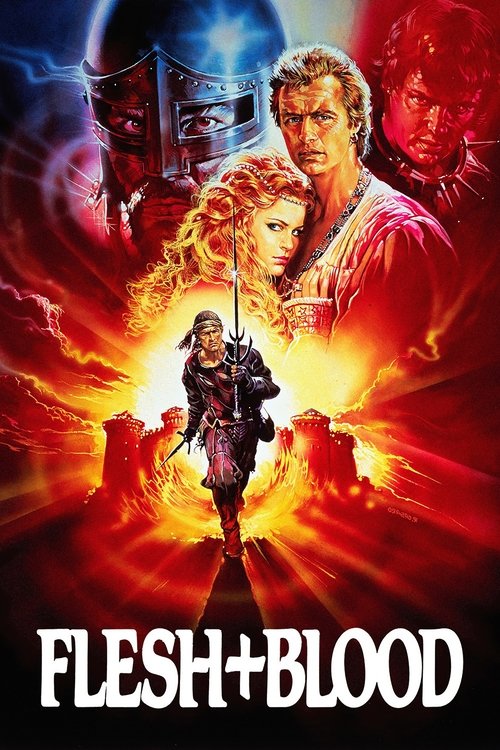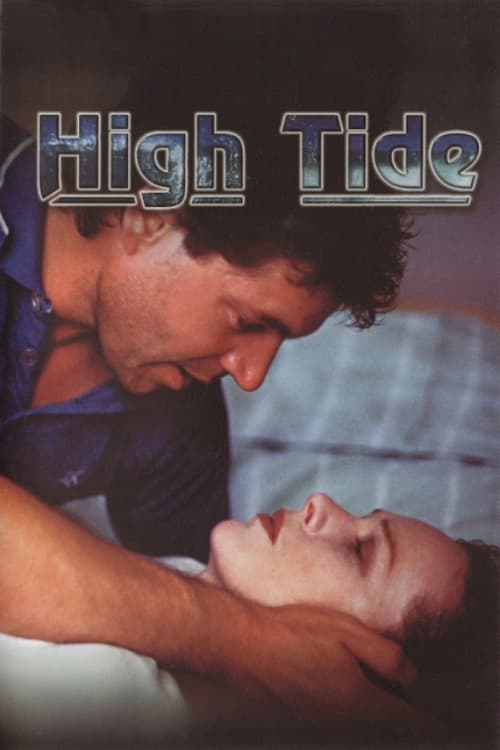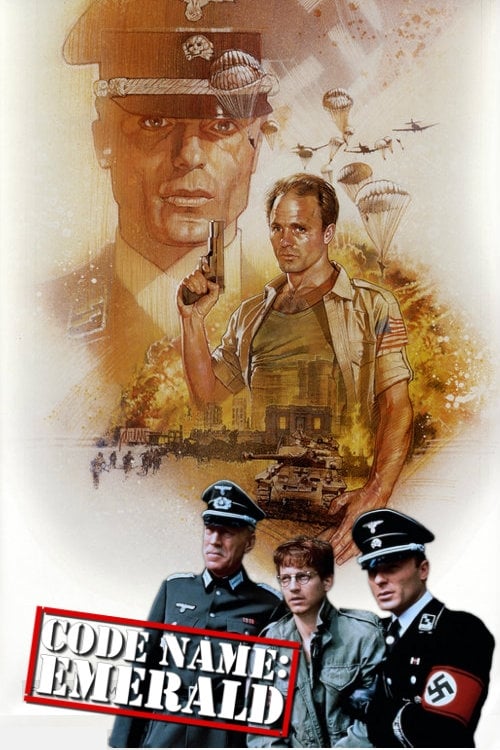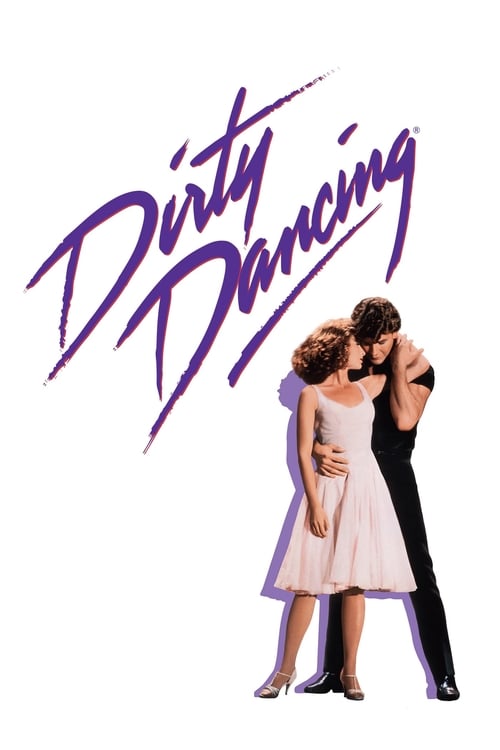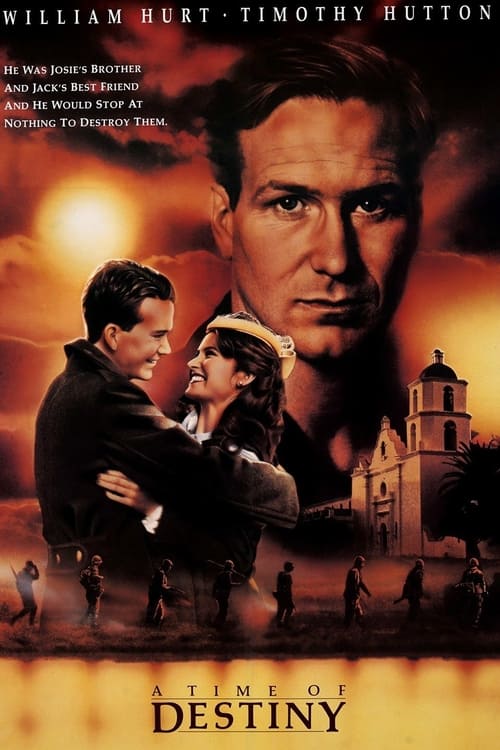
Ask Your Own Question
What is the plot?
Ariel Llanarte steps off the plane at Ezeiza International Airport in Buenos Aires, Argentina, on a cold, overcast morning in late 1986. The city is still reeling from the aftermath of the military dictatorship, the air thick with both relief and suspicion. Ariel, a writer and journalist, has spent the last decade in exile, forced to flee after his outspoken critiques of the regime made him a target. He carries with him a worn suitcase, a notebook filled with half-finished articles, and a gnawing sense of unfinished business. His best friend, Daniel Márquez, vanished without a trace five years earlier, and Ariel has returned to uncover the truth.
He takes a taxi to his mother's apartment in the quiet neighborhood of Palermo. The building is unchanged, but the streets feel different--quieter, more guarded. His mother, Elena Llanarte, greets him with a mixture of joy and sorrow. She is frail, her health failing, but her eyes light up at the sight of her son. "You shouldn't have come back," she says, her voice trembling. "It's not safe."
Ariel brushes off her concern. "I need to know what happened to Daniel," he says. "I need to know why he disappeared."
Elena hesitates, then whispers, "Be careful, Ariel. Some secrets are better left buried."
That night, Ariel sits at his old desk, flipping through old photographs and newspaper clippings. He finds a faded picture of himself and Daniel, taken at a protest rally in 1976. They were both students then, full of hope and anger. He remembers Daniel's last words to him: "If anything happens to me, don't let them win."
The next morning, Ariel visits the offices of La Voz del Pueblo, the newspaper where he and Daniel once worked. The editor, Rodolfo Ranni, greets him with a forced smile. "Ariel, it's good to see you," he says, but his eyes dart nervously around the room. "We've missed your voice."
Ariel asks about Daniel. "Do you know what happened to him?"
Rodolfo hesitates, then says, "He was taken. No one knows where. The police said he was a subversive, but we all know that's a lie."
Ariel presses for details, but Rodolfo refuses to say more. "It's dangerous to talk about these things," he warns. "People are still watching."
Ariel begins his investigation, retracing Daniel's last known steps. He visits the café where they used to meet, the university where they studied, and the apartment Daniel shared with his girlfriend, Marcela Ruiz. Marcela is now a schoolteacher, her once-bright eyes dulled by years of fear. "Daniel was working on something big," she tells Ariel. "He said he had evidence of corruption at the highest levels. He was going to publish it."
Ariel's heart races. "Do you know what happened to the evidence?"
Marcela shakes her head. "He never told me. But the night he disappeared, he called me. He said, 'If I don't come back, look for the blue notebook.'"
Ariel searches Daniel's apartment, but the blue notebook is nowhere to be found. He begins to suspect that someone else has it.
As Ariel digs deeper, he starts to notice that he is being followed. A man in a dark coat lingers outside his mother's building. A car with tinted windows parks across the street. He feels the weight of unseen eyes, the constant threat of danger.
One evening, as he walks home from the library, the man in the dark coat approaches him. "Ariel Llanarte," he says, his voice low and menacing. "You should stop asking questions. Some things are better left in the past."
Ariel stands his ground. "Who are you? What do you want?"
The man smiles coldly. "I'm just a friend. A friend of Daniel's. And I'm warning you--stop digging, or you'll end up like him."
Ariel's blood runs cold. "What happened to Daniel?"
The man's smile fades. "He was a fool. He thought he could change the world. But the world doesn't change. It just eats people like him."
Before Ariel can respond, the man turns and disappears into the shadows.
Ariel returns to his mother's apartment, shaken. Elena is waiting for him, her face pale. "I know you're looking for answers," she says. "But you need to be careful. There are people who will do anything to keep the truth hidden."
Ariel sits beside her, holding her hand. "I have to know, Mama. I have to know what happened to Daniel."
Elena takes a deep breath. "Daniel was working on a story about a secret network of corruption. He had evidence that linked high-ranking officials to disappearances, torture, and murder. He was going to expose them, but someone betrayed him."
Ariel's heart pounds. "Who betrayed him?"
Elena hesitates, then whispers, "I don't know. But I think it was someone close to him. Someone he trusted."
Ariel's investigation leads him to a retired police officer, Luisa Kuliok, who once worked in the department that handled political cases. She is reluctant to talk, but Ariel's persistence wears her down. "Daniel was a good man," she says. "He was brave, but he was also naive. He thought he could trust everyone."
Ariel asks about the blue notebook. "Do you know what happened to it?"
Luisa shakes her head. "I don't know. But I do know that the people who took Daniel were not just following orders. They were protecting something much bigger."
As Ariel pieces together the clues, he begins to suspect that the betrayal came from within his own circle. He remembers a conversation with Daniel shortly before his disappearance. "There's someone in the newspaper who's working with the regime," Daniel had said. "I don't know who it is, but I'm close to finding out."
Ariel returns to La Voz del Pueblo and confronts Rodolfo. "Was it you?" he demands. "Did you betray Daniel?"
Rodolfo's face turns pale. "No," he says. "I would never do that. But I know who did."
Ariel leans in. "Who?"
Rodolfo hesitates, then whispers, "It was Juan Leyrado. He was jealous of Daniel's success. He thought Daniel was going to take his job. He sold him out to the police."
Ariel's mind races. Juan Leyrado, the senior editor, had always been cold and calculating. He had never liked Daniel, but Ariel never thought he would go that far.
Ariel confronts Juan at his office. "I know what you did," he says, his voice trembling with anger. "You betrayed Daniel. You sold him out to the regime."
Juan sneers. "Daniel was a fool. He thought he could change the world, but he was just a pawn. I did what I had to do to survive."
Ariel's fists clench. "You killed him."
Juan laughs. "I didn't kill him. The regime did. But I made sure they knew where to find him."
Ariel lunges at Juan, but the older man is stronger than he looks. They struggle, knocking over desks and chairs. Juan pulls a knife from his desk drawer and slashes at Ariel, cutting his arm. Ariel manages to disarm him and pins him to the ground.
"Where is the blue notebook?" he demands.
Juan spits in his face. "You'll never find it. It's gone. Just like Daniel."
Ariel slams Juan's head against the floor, knocking him unconscious. He searches the office but finds nothing.
That night, Ariel receives a phone call. "Meet me at the old warehouse on Calle 25 de Mayo," a voice says. "I have something for you."
Ariel hesitates, then decides to go. The warehouse is dark and abandoned, the air thick with dust and decay. He hears footsteps behind him and turns to see Luisa Kuliok.
"I have the blue notebook," she says, holding out a small, leather-bound book. "Daniel gave it to me the night he disappeared. He said if anything happened to him, I should give it to you."
Ariel takes the notebook, his hands trembling. "Thank you," he says.
Luisa shakes her head. "Don't thank me. I'm not a hero. I was just afraid."
Ariel opens the notebook and begins to read. The pages are filled with names, dates, and details of corruption, disappearances, and murders. He finds evidence that links high-ranking officials to Daniel's disappearance. He also finds a note from Daniel: "If you're reading this, I'm probably dead. But don't let them win. Expose the truth."
Ariel returns to his mother's apartment, the notebook in hand. Elena is asleep, her breathing shallow. He sits beside her, reading the notebook by the dim light of a lamp. He feels a sense of purpose, but also a deep sadness. Daniel is gone, but his legacy lives on.
The next morning, Ariel goes to the printer and begins to set type for a new article. He writes about Daniel's investigation, the corruption, the betrayals, and the disappearances. He names names and exposes the truth.
As he works, he hears a knock at the door. He opens it to find the man in the dark coat. "I told you to stop digging," the man says, pulling out a gun.
Ariel stands his ground. "I'm not afraid of you," he says. "The truth is out. You can't stop it."
The man hesitates, then lowers the gun. "You're a fool," he says. "But you're also brave. Maybe there's hope for this country after all."
He turns and walks away.
Ariel finishes the article and delivers it to the printer. The next day, La Voz del Pueblo publishes the story. The city is in shock. People read the article, talk about it in the streets, demand justice.
Ariel visits Daniel's grave, placing a copy of the article on the headstone. "You were right, Daniel," he says. "The truth is worth fighting for."
He returns to his mother's apartment, but Elena is gone. She passed away in her sleep, her face peaceful.
Ariel sits at his desk, looking out at the city. The sun is rising, casting a golden light over Buenos Aires. He feels a sense of closure, but also a new beginning. The fight is not over, but he knows he is not alone.
The film ends with Ariel walking through the streets of Buenos Aires, the notebook in his pocket. He passes a group of students, their faces full of hope and determination. He smiles, knowing that Daniel's legacy lives on.
The final shot is of the notebook, lying open on a park bench, the words "The truth is out" visible on the page. The camera pulls back, showing the city waking up to a new day.
Ariel Llanarte lives. Elena Llanarte dies of natural causes. Daniel Márquez is dead, murdered by the regime. Juan Leyrado is alive but disgraced. Luisa Kuliok is alive, haunted by her past. The man in the dark coat is alive, but his fate is unknown.
The blue notebook is the key to the truth, and Ariel ensures that it is never forgotten.
What is the ending?
In the ending of "Revancha de un amigo," the main character, after a series of confrontations and emotional turmoil, ultimately seeks revenge against those who wronged him. The climax unfolds in a tense showdown, leading to a resolution that leaves the protagonist grappling with the consequences of his actions and the impact on his relationships.
As the film approaches its conclusion, the protagonist, driven by a mix of anger and a desire for justice, confronts his former friend who betrayed him. The atmosphere is thick with tension as they face off, each character's motivations laid bare. The protagonist's internal struggle is palpable; he is torn between the need for vengeance and the remnants of their past friendship.
In a dramatic turn, the confrontation escalates, resulting in a physical altercation that symbolizes the culmination of their fractured relationship. The protagonist's emotional state shifts from rage to a moment of clarity, realizing that revenge may not bring the satisfaction he seeks.
As the dust settles, the protagonist is left to reflect on the choices he made, understanding that the cycle of revenge only perpetuates pain. The film closes with him walking away from the scene, a sense of loss hanging in the air, as he contemplates the cost of his actions and the future of his relationships.
In the expanded narrative:
The final act of "Revancha de un amigo" begins with the protagonist, visibly shaken and filled with a mix of determination and despair, preparing for the confrontation he has long anticipated. The setting is dimly lit, reflecting the somber mood that envelops him. He recalls moments of camaraderie with his former friend, now overshadowed by betrayal. This internal conflict is evident in his furrowed brow and clenched fists as he steels himself for what is to come.
As he approaches the location where they agreed to meet, the tension in the air is almost tangible. The camera captures the protagonist's heavy breathing, each step echoing his resolve. When he finally sees his former friend, the atmosphere shifts; the air crackles with unspoken words and unresolved emotions. The friend, equally tense, stands with a mix of defiance and regret, their eyes locking in a moment that encapsulates their shared history.
The confrontation begins with harsh words, each character voicing their grievances and pain. The protagonist's voice trembles with anger as he recounts the betrayal, while the friend attempts to justify his actions, revealing his own vulnerabilities. The dialogue is charged, filled with raw emotion, as both men grapple with their past and the choices that led them to this moment.
As the argument escalates, it erupts into a physical fight. The camera captures the intensity of their struggle, the grunts and shouts echoing in the empty space around them. Each punch thrown is not just a physical blow but a release of pent-up emotions, a manifestation of their shared history and the weight of their decisions. The protagonist fights with a fierce determination, but there is a flicker of doubt in his eyes, hinting at his internal conflict.
In a pivotal moment during the fight, the protagonist gains the upper hand, pinning his friend to the ground. As he looks down, the rage in his eyes begins to fade, replaced by a dawning realization. The camera zooms in on his face, capturing the moment of clarity as he understands that this act of revenge will not heal the wounds of betrayal but will only deepen them. The friend, breathless and vulnerable, pleads for understanding, and in that moment, the protagonist hesitates.
The fight comes to an abrupt halt as the protagonist steps back, his chest heaving with exertion and emotion. He turns away, the weight of his decision heavy on his shoulders. The friend, still on the ground, watches him leave, a mixture of relief and sorrow washing over his face. The scene is poignant, underscoring the complexity of their relationship and the futility of revenge.
As the protagonist walks away, the camera lingers on his silhouette against the fading light, symbolizing his journey towards self-reflection and the painful acceptance of his choices. The film concludes with him alone, contemplating the future and the relationships that have been irrevocably altered. The final shot captures the emptiness of revenge, leaving the audience with a sense of unresolved tension and the understanding that healing takes time and introspection.
In the aftermath, the fate of the main characters is left ambiguous. The protagonist is left to navigate the emotional fallout of his actions, while the friend is left to grapple with the consequences of his betrayal. Both characters are marked by their experiences, forever changed by the confrontation that unfolded. The film closes on a note of somber reflection, emphasizing the complexities of friendship, betrayal, and the human condition.
Is there a post-credit scene?
"Revancha de un amigo," produced in 1987, does not feature a post-credit scene. The film concludes its narrative without any additional scenes after the credits roll. The story wraps up with the resolution of the main conflict, focusing on themes of friendship, betrayal, and revenge, leaving the audience with a sense of closure regarding the characters' journeys.
What role does the setting play in the development of the plot?
The setting, often depicted as a gritty urban landscape, enhances the film's themes of betrayal and revenge. The stark contrasts between the vibrant social scenes and the darker, more dangerous areas reflect the protagonist's internal conflict and the escalating stakes of his quest for vengeance.
What are the key turning points in the protagonist's journey?
Key turning points include the moment of betrayal, which shatters the protagonist's world, and subsequent encounters that force him to confront his feelings of anger and loss. Each turning point is marked by intense emotional scenes that propel him further down the path of revenge.
What motivates the main character to seek revenge in Revancha de un amigo?
The main character, driven by a deep sense of betrayal and loss, seeks revenge after a close friend betrays him, leading to a series of tragic events that alter his life forever. His emotional turmoil is palpable as he grapples with feelings of anger, sadness, and a desire for justice.
How does the relationship between the protagonist and his friend evolve throughout the film?
Initially, the protagonist and his friend share a strong bond, filled with camaraderie and trust. However, as the betrayal unfolds, their relationship deteriorates, showcasing a painful transformation from friendship to enmity, filled with tension and unresolved emotions.
How do secondary characters influence the protagonist's decisions?
Secondary characters, including allies and adversaries, play crucial roles in shaping the protagonist's decisions. Their reactions and interactions provide insight into his motivations, often pushing him towards darker choices while also reflecting the moral complexities of his quest for revenge.
Is this family friendly?
"Revancha de un amigo," produced in 1987, contains several elements that may not be suitable for children or sensitive viewers.
-
Violence: The film includes scenes of physical confrontations and aggressive behavior, which may be distressing for younger audiences.
-
Themes of Betrayal: The narrative revolves around themes of revenge and betrayal, which can be emotionally intense and may not be appropriate for all viewers.
-
Emotional Turmoil: Characters experience significant emotional struggles, including feelings of anger, sadness, and desperation, which could be upsetting for sensitive individuals.
-
Mature Language: There are instances of strong language that may not be suitable for children.
-
Conflict Resolution: The way conflicts are resolved may involve morally ambiguous choices, which could provoke thought but also discomfort.
These aspects contribute to a tone that may be more suitable for older teens and adults rather than a family-friendly viewing experience.

